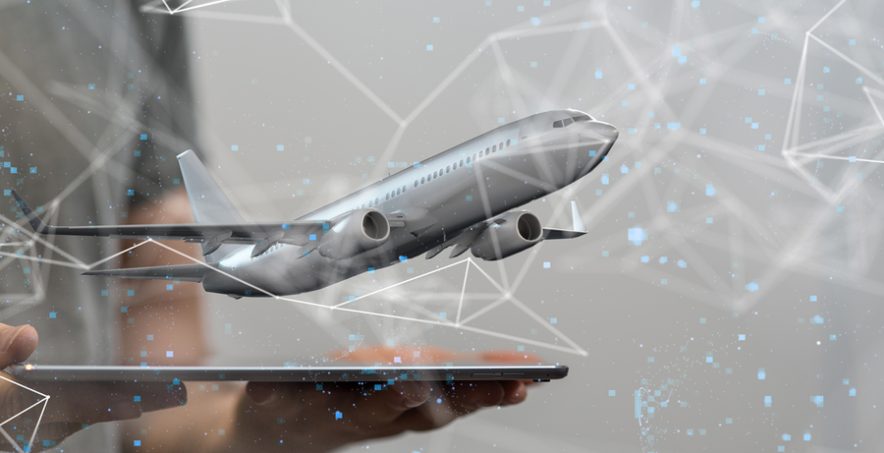Stratospheric safety standards: How aviation could steer regulation of AI in health
What is the likelihood of dying in a plane crash? According to a 2022 report released by the International Air Transport Association, the industry fatality risk is 0.11. In other words, on average, a person would need to take a flight every day for 25,214 years to have a 100 percent chance of experiencing a fatal accident. Long touted as one of the safest modes of transportation, the highly regulated aviation industry has MIT scientists thinking that it may hold the key to regulating artificial intelligence in health care.Marzyeh Ghassemi, an assistant professor at the MIT Department of Electrical Engineering and Computer Science (EECS) and Institute of Medical Engineering Sciences, and Julie Shah, an H.N. Slater Professor of Aeronautics and Astronautics at MIT, share an interest in the challenges of transparency in AI models. After chatting in early 2023, they realized that aviation could serve as a model to ensure that marginalized patients are not harmed by biased AI models.


